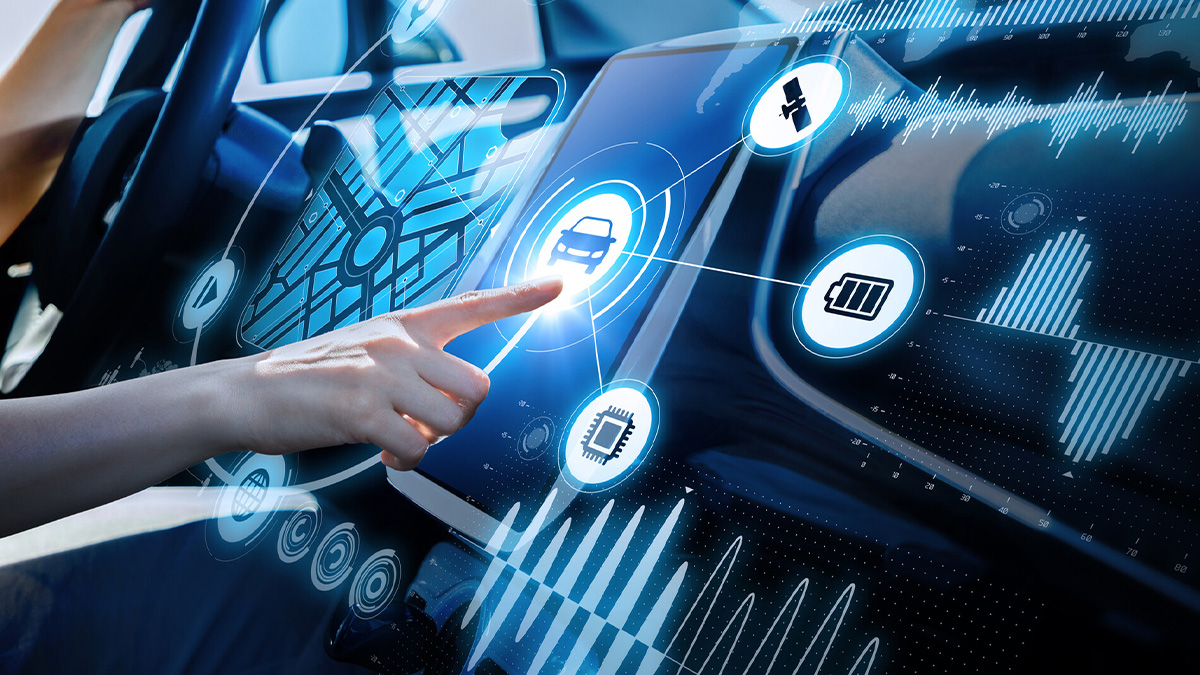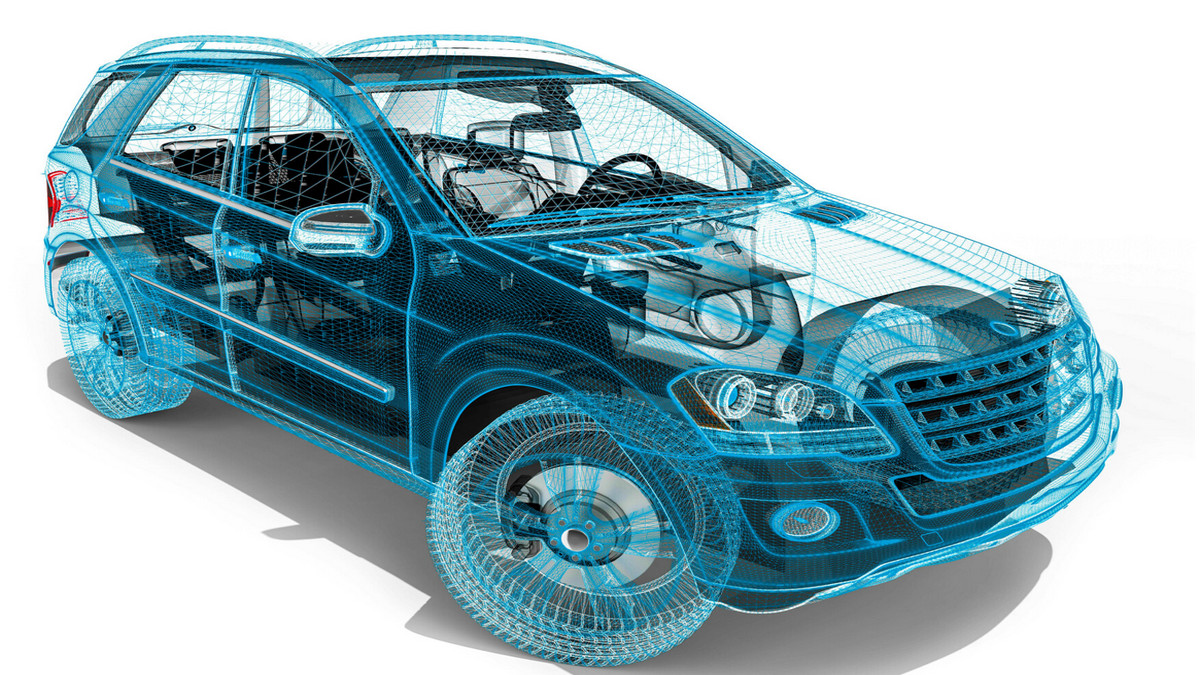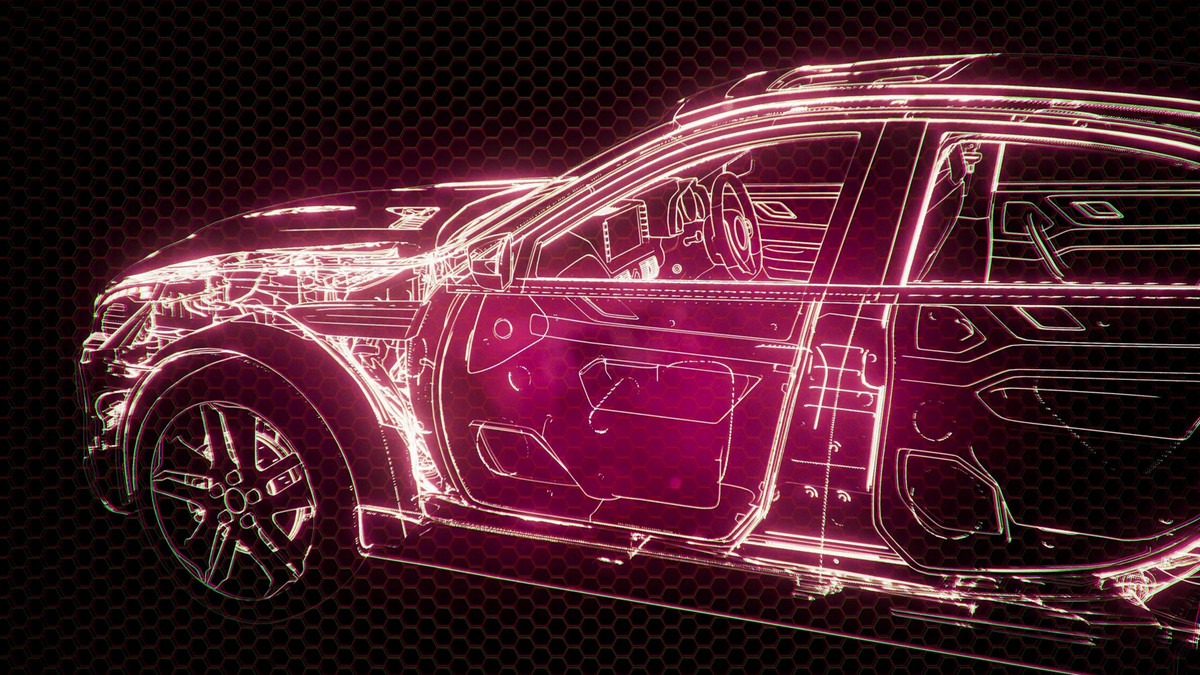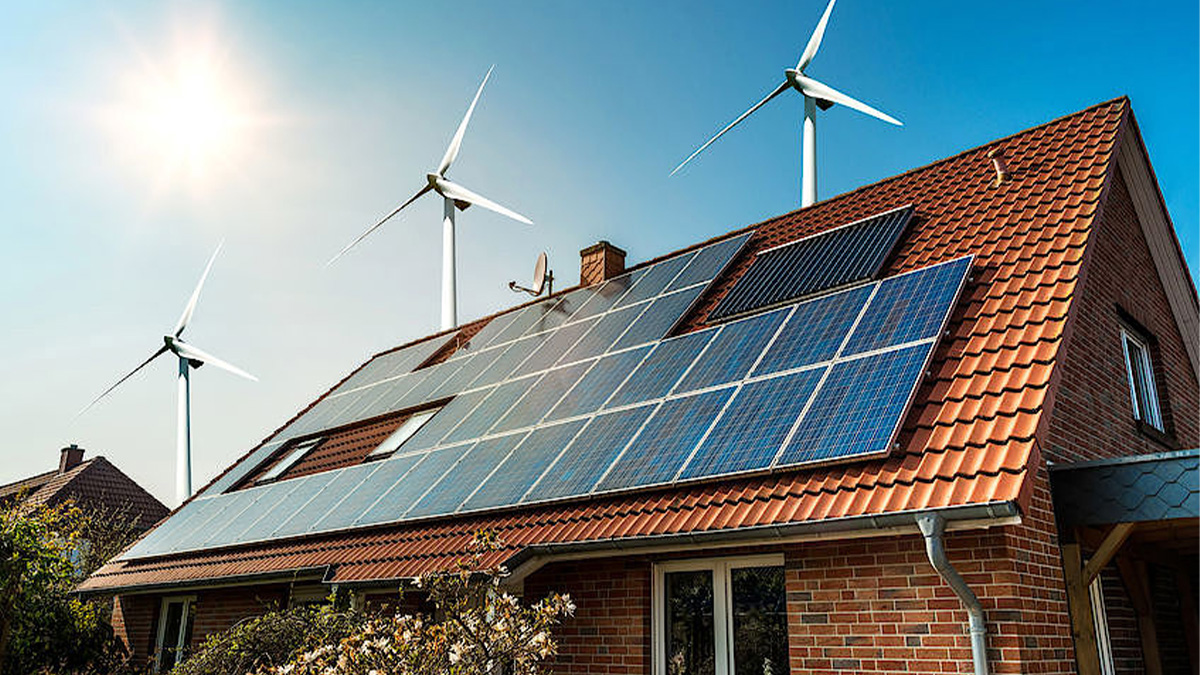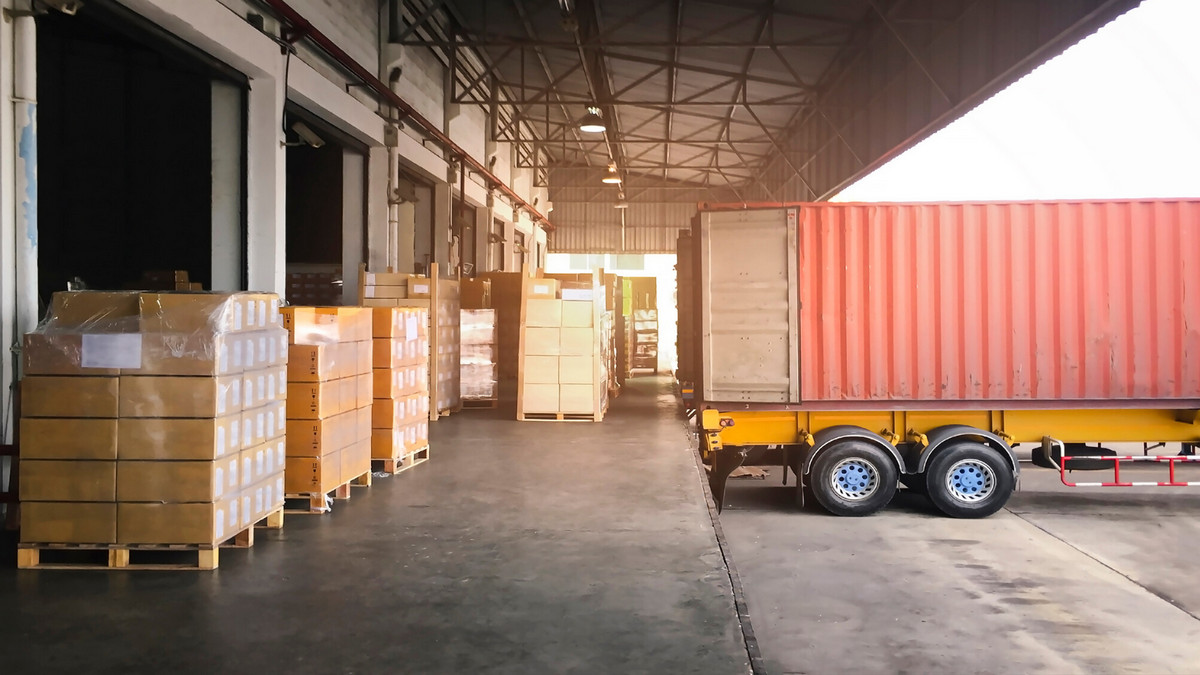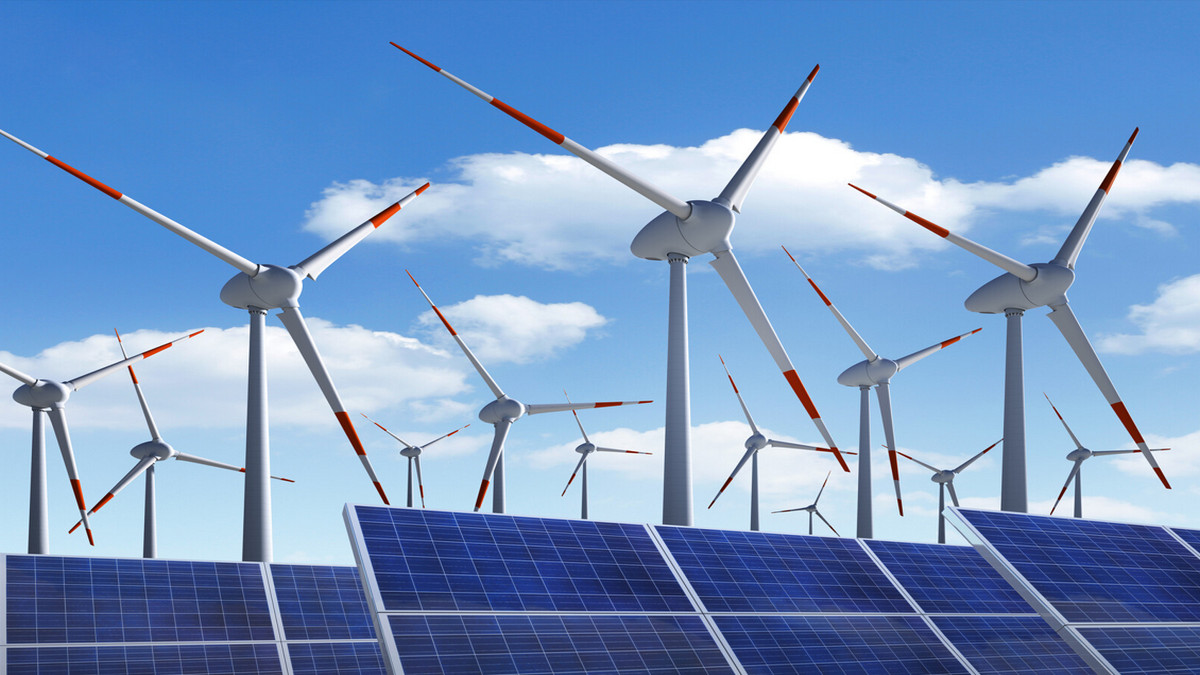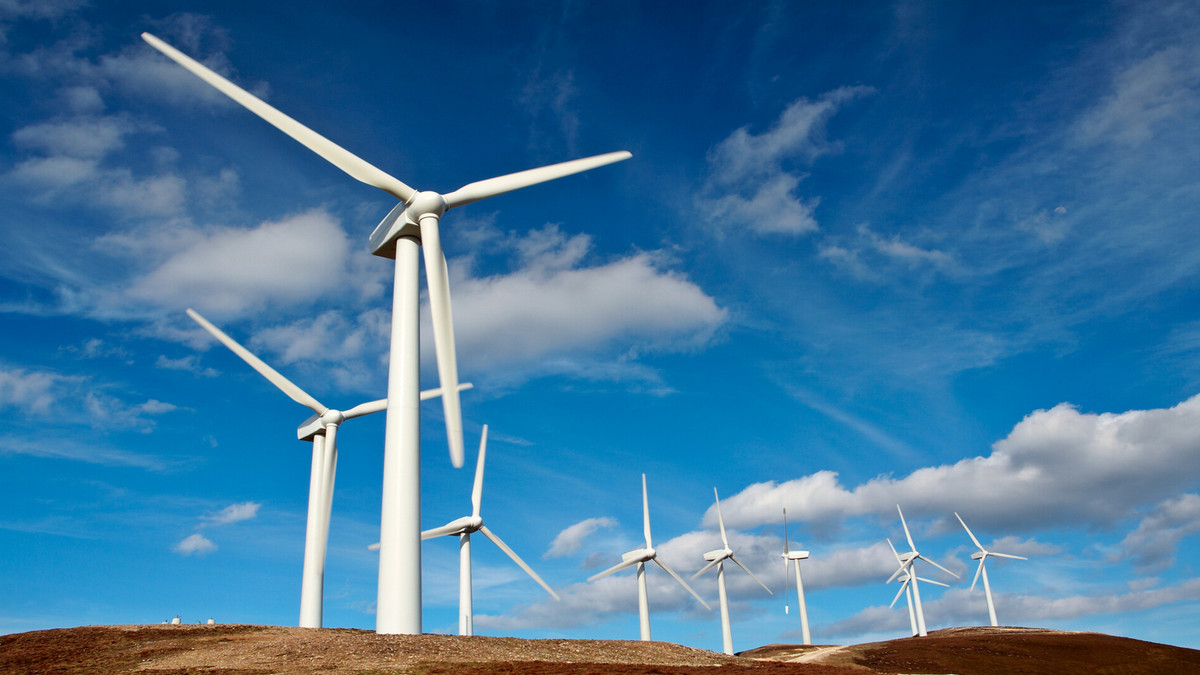The global logistics industry bears the brunt of the outbreak of the epidemic. In the early days of the epidemic, cities were closed, borders were closed, and flights were suspended, but at the same time, the demand for personal protective equipment and daily necessities also reached its peak. The surge in e-commerce shopping has put additional pressure on the global supply chain, and the recent delivery of vaccines has also added challenges to the supply chain. Life in the post-epidemic era is something the world is paying close attention to. What will the global logistics situation look like at that time? Of the innovations and shifts adopted during the pandemic, which ones will persist and impact international shipments? This article will answer them one by one.
E-Commerce: Remember Last Mile Shipping
E-commerce has been one of the beneficiaries of the pandemic, and during the closure of brick-and-mortar stores, we turned to online shopping and achieved record-breaking results, and this trend will continue.
While this is good news for businesses in the e-commerce industry, they must remember that the customer is the heart of e-commerce. As online shopping has grown in popularity over the past year, customer shopping habits and expectations have changed.
During the pandemic, customers’ most urgent need is for safe and hygienic delivery options. As a result, online shopping, in-store pickup, curbside pickup, and smart pickup lockers are becoming more and more popular because of these Ways to minimize human-to-human contact during the delivery process. The convenient nature of these services enhances the customer experience and increases customer loyalty to a company that has the flexibility to offer zero-touch services.
With the rise of e-commerce, online retailers should invest more heavily in the customer experience of last-mile shipping. Customers want to be able to choose their shipping method and receive the speed and flexibility of shipping services. If a company cannot provide these services, they will switch to another company.
Diverse Global Supply Chains
What happens if, unfortunately, your main provider of e-commerce services is in an area that has just entered strict lockdowns?
For decades, globalization has allowed cross-border trade to flourish, which is why most e-commerce businesses are able to serve their customers with international shipping as a standard. However, the trade disruptions brought on by the pandemic have prompted business leaders to rethink how fragile global supply chains are, and that geography must also be reconsidered.
Brexit has suffocated the freedom of movement of goods between countries and made it more difficult, prompting more companies to consider bringing production closer to home.
For a mature supply chain network, it will be difficult to implement regionalization, that is, the high labor cost. This is also the main argument for Western developed economies to oppose domestic production for a long time.
Kamala Raman, senior analyst director at Gartner, said: "Like investing, it's about balance. Organizations can choose to incur costs themselves, share costs with upstream suppliers, or pass on to customers to increase prices. Likewise, if you don't protect against future risks, It can also be expensive to invest in, and headwinds may include tariffs, increased costs, longer lead times, reduced customer satisfaction or negative impact on the brand.”
Automation technologies, such as artificial intelligence and robotic process automation, offer opportunities to overcome cost constraints. According to a Gartner survey of supply chain leaders, 56% of respondents believe that automation makes domestically manufactured products economically viable. These automation technologies can be applied to operations-related tasks, such as picking and packing goods in warehouses, and can also enhance strategic planning and forecasting, improving the overall efficiency of the supply chain.
The report also notes that certain technologies have been used during the pandemic to help implement social distancing measures in warehouses, such as robotic goods-to-person (G2P) systems, which transfer goods from one person to another. , and executed efficiently, improving productivity, warehouse management and storage density. Gartner predicts that by 2023, demand for G2P systems will quadruple.
According to a report by Forbes, about two-thirds of logistics companies expect innovative technology to bring significant benefits to productivity and performance, and another 54% of respondents believe that introducing technology into the logistics industry will improve overall customers experience. Taking the real-time traffic visualization platform as an example, consumers can track the whereabouts of their packages throughout the delivery process, which is highly praised by customers.
Flexible Data Use
The sudden outbreak has highlighted the lack of adequate equipment in some supply chains to cope with disruptions to normal procedures. If the logistics industry wants to become more flexible and resilient, it must adopt a data-driven approach.
Shared supply chain ecosystems allow for the free flow of data, enabling greater transparency in shipments in transit. This means that some unexpected changes (such as a major storm that arrives earlier than expected) will no longer be a disaster in the shipping process, but an opportunity to change the route of a shipment around the world. still arrive at the destination on time.
Advanced analytics in the supply chain means countless insights can be derived, which can be translated into actionable opportunities on a scalable platform. Businesses use the knowledge learned from the digital process to innovate and plan for years to come. 5G is powering this digital revolution, making data connections faster and more accurate, transforming the capabilities of the logistics industry.
It's Time for B2b to Go Digital
The B2B e-commerce industry is undergoing a rapid transformation. In the past, B2B sales activities were generally completed by individuals, and there was also a lot of paperwork. The process digitization has always lagged behind B2C. However, this situation is starting to change, partly because people who are accustomed to electronic Millennials play a key decision-making role, driving B2B to be more like a B2C transaction experience.
The pandemic has accelerated the digitalization of B2B supply chains, and those B2B businesses that have not yet invested in e-commerce pipelines will soon find themselves falling behind their peers.
Some innovative technologies related to the epidemic may gradually disappear in the future, but e-commerce companies must continue to ensure the future of their supply chains through data and technological innovation. Not only does this increase efficiency and reduce costs, it also improves the customer experience and creates invaluable brand loyalty.



